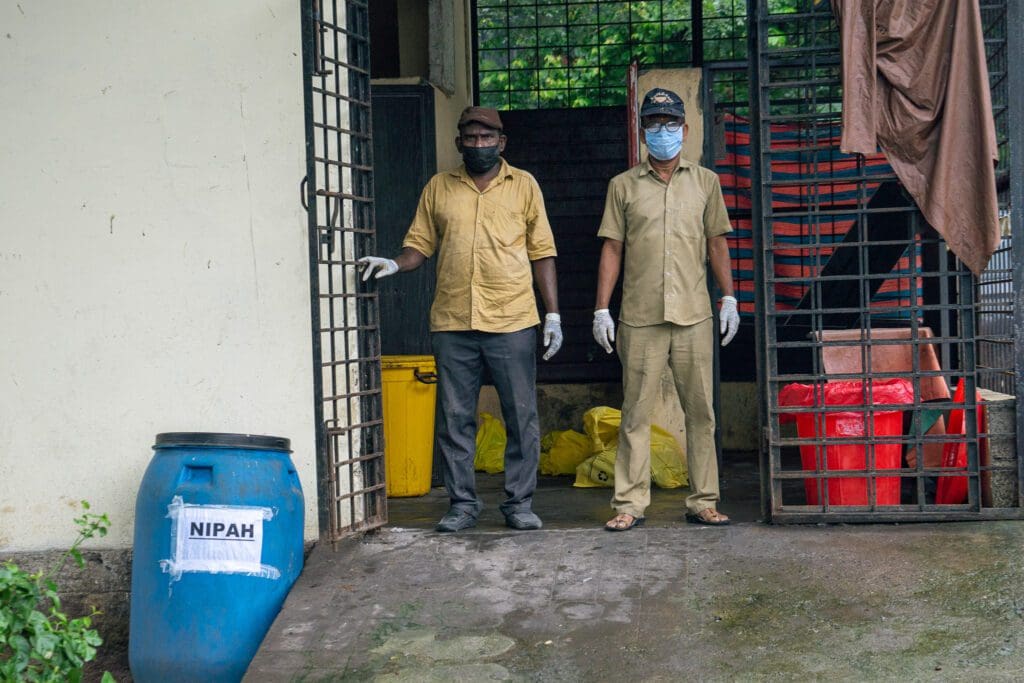
“This is service. Our family is proud of us,” say the two sanitary workers in the biomedical waste management area of Government Medical College, Kozhikode. A board outside reads “Nipah” — a deadly zoonotic virus that has North Kerala district for the fourth time in five years.
“There are no new cases now. It seems over,” one among them said, reflecting the general relief in the district that had been gripped by the return of the deadly virus.
No new positive cases have been reported in three days, giving hope that the outbreak has been contained.
According to government data, the six positive cases are confirmed out of 218 results from samples tested so far. Two deaths due to Nipah occurred before it was tested by the National Institute of Virology on September 12.
Of the four active cases, three are stable and the last one — the son of the first deceased person— is in a ventilator showing improvement. So far, all the cases are from Kozhikode district.
“The number of people coming to isolation has decreased,” a security guard at GMC Kozhikode said. Special arrangements are in place in case of any incoming patient with symptoms of Nipah.
1,270 people are under observation for physical contact with infected people in the fourth spillover of the virus.
Since the virus cases were confirmed, 103 places have been declared as containment zones with strict curbs in place. Health workers have visited about 47,000 houses to monitor health issues in people in such zones.
High-level expert teams have arrived to help the district administration contain the outbreak and to study the cause of the spillover. A bat survey is underway in Maruthonkara panchayat, home to the index case patient.
Health Minister Veena George has shared optimism after no cases were reported over the weekend. Govt has directed to ease the strict curbs placed in containment zones on Monday.
Earlier this year, an investigation by Reuters found that Kozhikode has become one of the “likeliest places on Earth for a spillover to people from bats”. Reuters dubbed these areas “jump zones.”
The report said deforestation and development bring humans ever closer into contact with once-remote breeding grounds for bats and the viruses they carry. Kerala, a densely populated state, is home to more than 40 species of bats.
Quick growth, the Reuters analysis showed, made conditions ripe for spillover across 83% of Kerala at the time of the Nipah outbreak in 2018, up from 58% in 2002.



